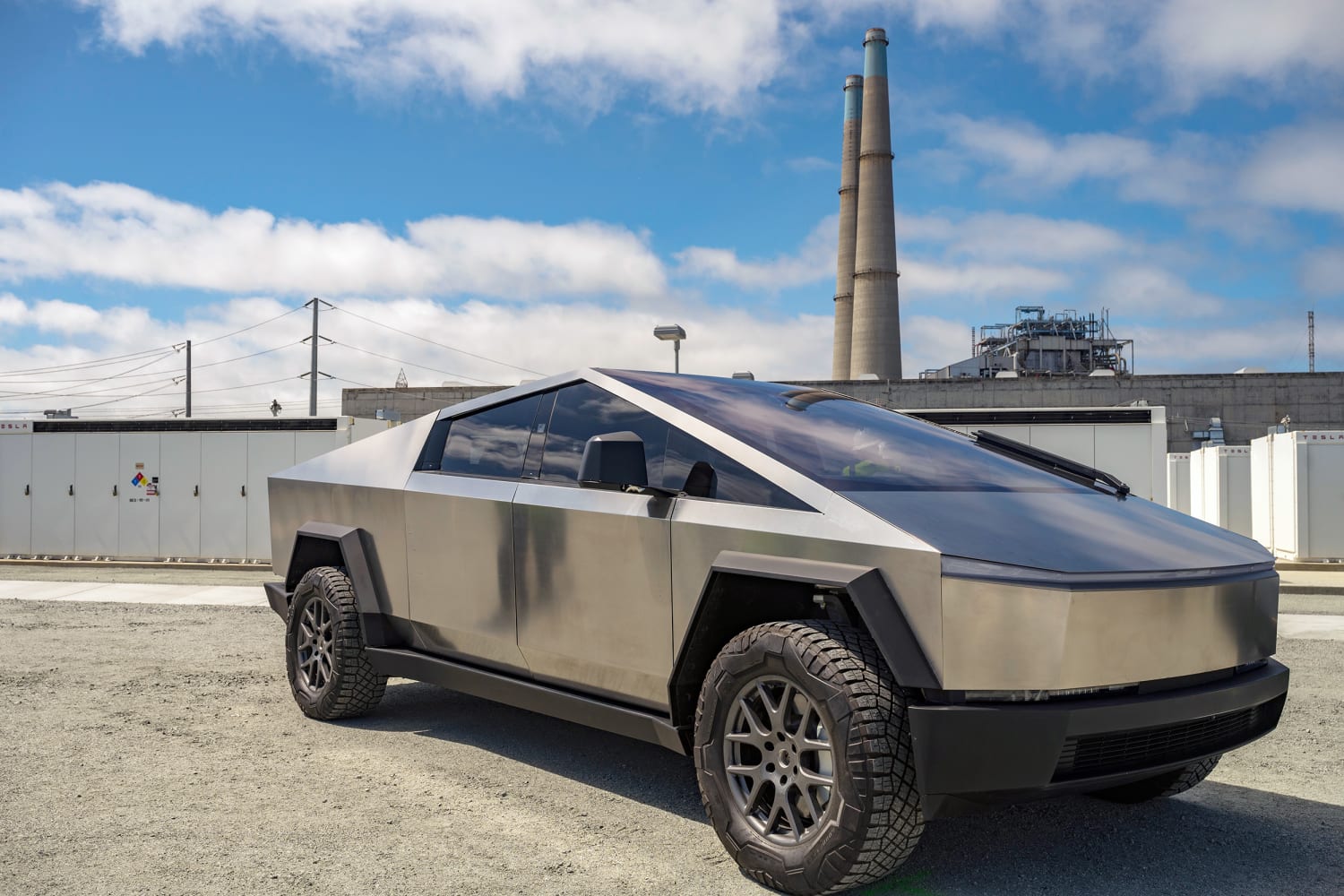As Tesla’s much-anticipated Cybertruck begins to make its way into the hands of eager consumers, troubling reports have surfaced, suggesting that not all is well with the innovative electric pickup. This echoes past safety issues faced by the company, specifically those associated with the Model S, as pointed out by Cristina Balan, a former Tesla engineer.

Safety Alarms Sound Off for Tesla’s Latest Venture
Recent incidents involving the Cybertruck have reignited concerns about the safety of Tesla’s vehicles—a topic that has long been a point of contention. Drone footage from the Texas factory revealed a significant backlog of unfinished Cybertrucks, highlighting potential production and quality issues. This situation takes on a graver tone with the recent pause in Cybertruck deliveries, reportedly due to concerns over the vehicle’s gas pedal safety.
Cristina Balan, who had previously raised flags about similar issues with the Model S a decade ago, has come forward with alarming details. Balan claims that the same overlooked safety issues are now plaguing the Cybertruck. Her revelations draw a concerning parallel between past and present, suggesting that Tesla might be repeating history.
‼️ Tesla Cybertruck accelerator pedal issue listed as NHTSA recall for unintended acceleration …
The NHTSA’s Safety Recall Report revealed that a total of 3,878 units of the 2024 Tesla Cybertruck are affected by the accelerator pedal issue. Affected vehicles were produced from… pic.twitter.com/ttDviPRNwo
— Brian Basson (@BassonBrain) April 19, 2024
A Glimpse into Tesla’s Troubled Safety Record
Balan’s journey with Tesla began in 2010 at the Fremont, California factory. Her role as a senior computer-aided design (CAD) engineer placed her at the forefront of vehicle safety, but it also set her on a collision course with the company’s management. She alleges that her attempts to address safety concerns were met with resistance and ultimately led to her wrongful termination—a case she later won.

The engineer’s warnings were not limited to her tenure at Tesla. As recently as this month, a Cybertruck incident involving brake failure and subsequent airbag malfunction during a turn was reported. This event, distressingly described by a driver as a “deathtrap” scenario, has drawn fresh attention to the potential risks associated with the vehicle.
Legal Battles and the Path Ahead
Balan’s struggle extends beyond engineering concerns. She is currently engaged in a defamation lawsuit against Tesla, asserting that her professional reputation was unfairly tarnished by the company. This legal battle underscores a broader issue within Tesla’s culture, where employees might feel discouraged from voicing legitimate safety concerns due to fear of retaliation.

Despite these challenges, Balan remains steadfast in her commitment to bring these issues to light, supported by the Tesla community and media outlets. Her fight underscores the tension between corporate practices and the ethical obligation to ensure product safety.
What This Means for Tesla and Cybertruck Owners
The implications of these ongoing safety concerns are significant for both Tesla and its customers. Prospective and current Cybertruck owners are urged to remain vigilant and report any unusual incidents. Meanwhile, Tesla continues to address these issues, with representatives stating that they are working diligently to resolve parts shortages and enhance vehicle safety.
As Tesla aims to navigate these turbulent waters, the spotlight on their safety practices grows ever brighter. The outcome of Balan’s legal confrontations and the company’s response to these safety allegations will likely influence public and investor confidence in the brand.
In the world of innovative automotive technology, where the promise of a sustainable future meets the reality of technical challenges, Tesla finds itself at a crossroads. How it addresses these concerns will be crucial for its trajectory as a leader in electric vehicles. The safety of its vehicles, as well as the integrity of its operations, are now under more scrutiny than ever, making the resolution of these issues not just a matter of public relations, but of public safety.









